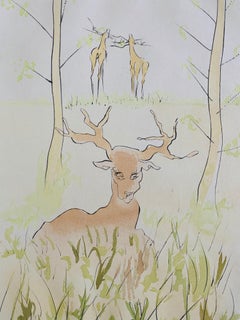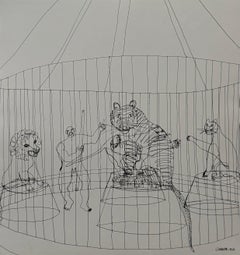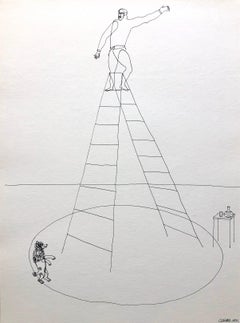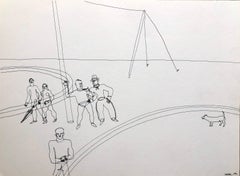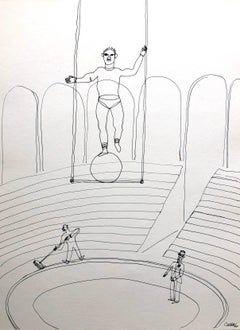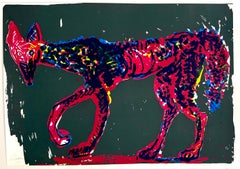Lions Gallery Animal Prints
1970s Surrealist Animal Prints
Color, Drypoint, Etching
1930s American Modern Animal Prints
Lithograph
1930s American Modern Animal Prints
Lithograph
1930s American Modern Animal Prints
Lithograph
1930s American Modern Animal Prints
Lithograph
1980s Animal Prints
Screen
1980s Post-Minimalist Abstract Prints
Lithograph, Screen
1980s Pop Art Figurative Prints
Etching, Aquatint
1990s Surrealist Animal Prints
Lithograph, Screen
1970s Abstract Expressionist Animal Prints
Etching, Aquatint, Intaglio
1990s Conceptual Animal Prints
Archival Paper, Color
1990s Conceptual Animal Prints
Archival Paper, Color
1990s Conceptual Animal Prints
Archival Paper, Color
1990s Conceptual Animal Prints
Archival Paper, Color
1990s Conceptual Animal Prints
Archival Paper, Color
20th Century Post-Impressionist More Prints
Lithograph
20th Century Post-Impressionist More Prints
Lithograph
20th Century Post-Impressionist Animal Prints
Lithograph
20th Century Post-Impressionist Animal Prints
Lithograph
20th Century Post-Impressionist Animal Prints
Lithograph
20th Century Post-Impressionist Animal Prints
Lithograph
1960s Pop Art Abstract Prints
Screen
1960s Pop Art Abstract Prints
Screen
20th Century Folk Art Figurative Prints
Screen
1970s American Modern Abstract Prints
Lithograph
1910s Abstract Figurative Prints
Lithograph
1930s American Modern Animal Prints
Lithograph
20th Century Folk Art Figurative Prints
Screen
20th Century Modern Abstract Prints
Screen
1990s Modern Animal Prints
Paper, Photographic Paper
20th Century Modern Animal Prints
Paper, Photographic Paper
1950s Modern Animal Prints
Lithograph
1960s Modern Figurative Prints
Lithograph, Offset
1960s Modern Figurative Prints
Lithograph, Offset
20th Century Modern Animal Prints
Woodcut
20th Century Contemporary Figurative Prints
Lithograph
20th Century Contemporary Figurative Prints
Lithograph
20th Century Contemporary Figurative Prints
Lithograph
20th Century Modern Animal Prints
Lithograph, Screen
20th Century Modern Animal Prints
Lithograph, Screen
20th Century Modern Animal Prints
Lithograph, Screen
20th Century Modern Animal Prints
Lithograph, Screen
20th Century Modern Animal Prints
Lithograph, Screen
20th Century Modern Animal Prints
Lithograph, Screen
1960s Modern Figurative Prints
Woodcut
1960s Modern Figurative Prints
Woodcut
1960s Modern Figurative Prints
Woodcut
1960s Modern Figurative Prints
Woodcut
1960s Contemporary Figurative Prints
Lithograph
20th Century Expressionist Figurative Prints
Woodcut
20th Century Modern Figurative Prints
Etching
1970s Pop Art Animal Prints
Lithograph, Screen
1970s Pop Art Animal Prints
Lithograph, Screen
1970s Pop Art Animal Prints
Lithograph, Screen
1970s Pop Art Animal Prints
Lithograph, Screen
1960s Modern Animal Prints
Lithograph
Mid-20th Century Post-Impressionist Animal Prints
Lithograph
1970s Expressionist Figurative Prints
Woodcut
1970s Expressionist Figurative Prints
Woodcut
1970s Expressionist Figurative Prints
Woodcut
